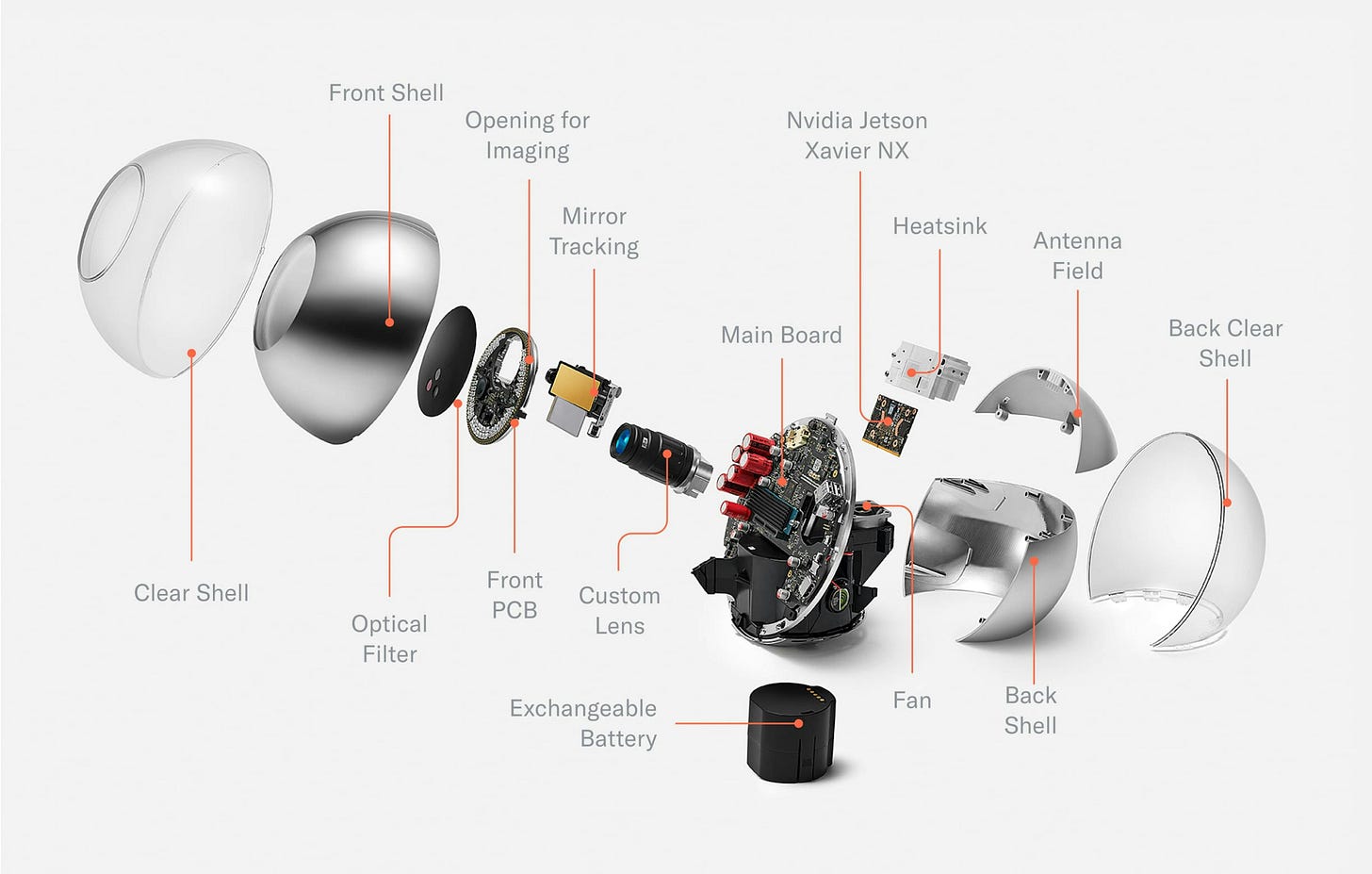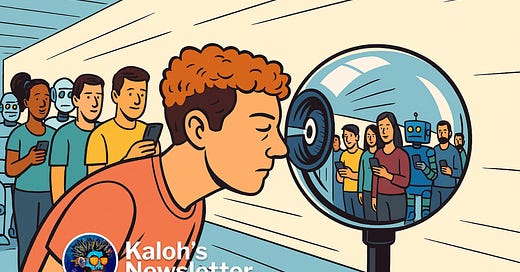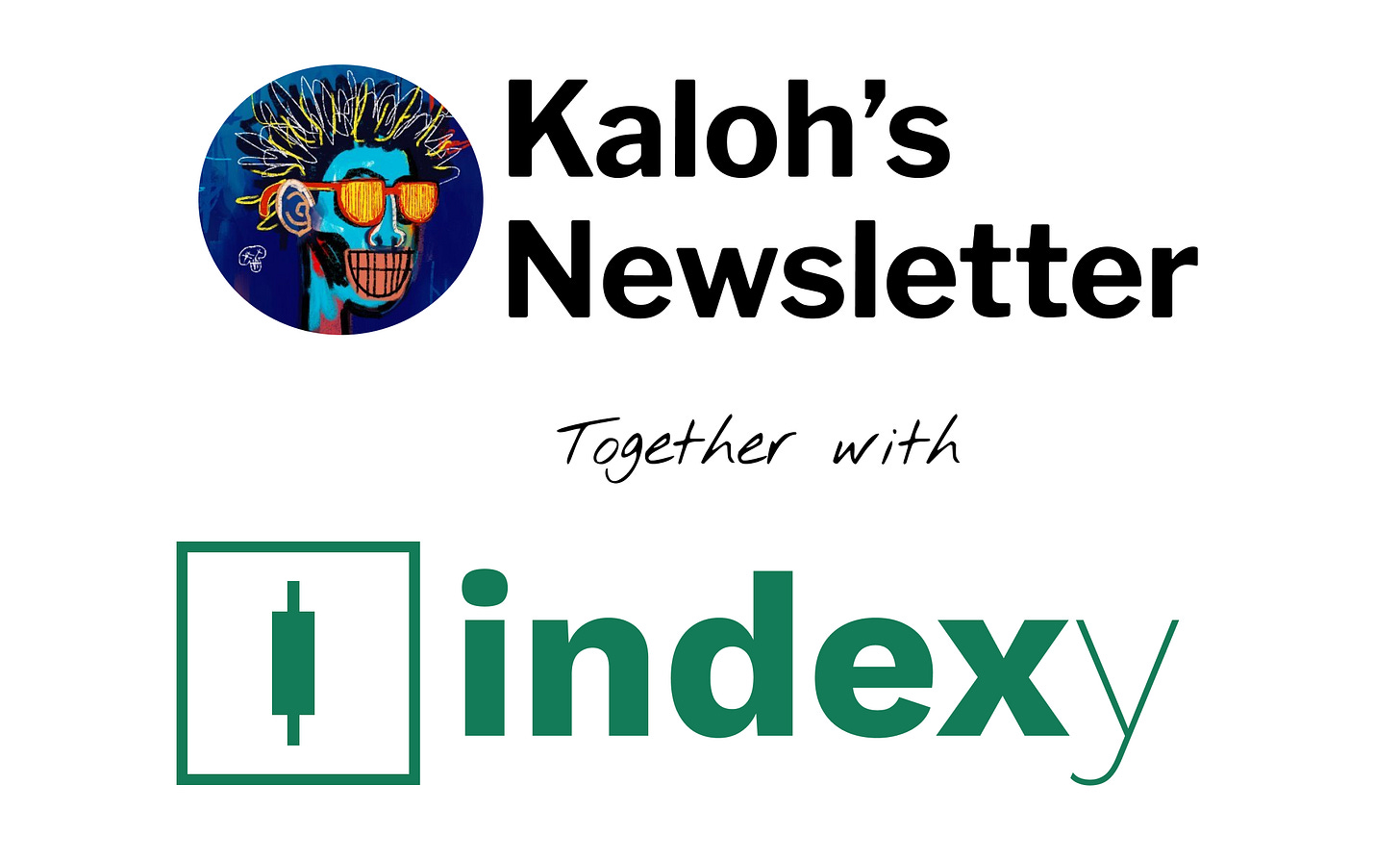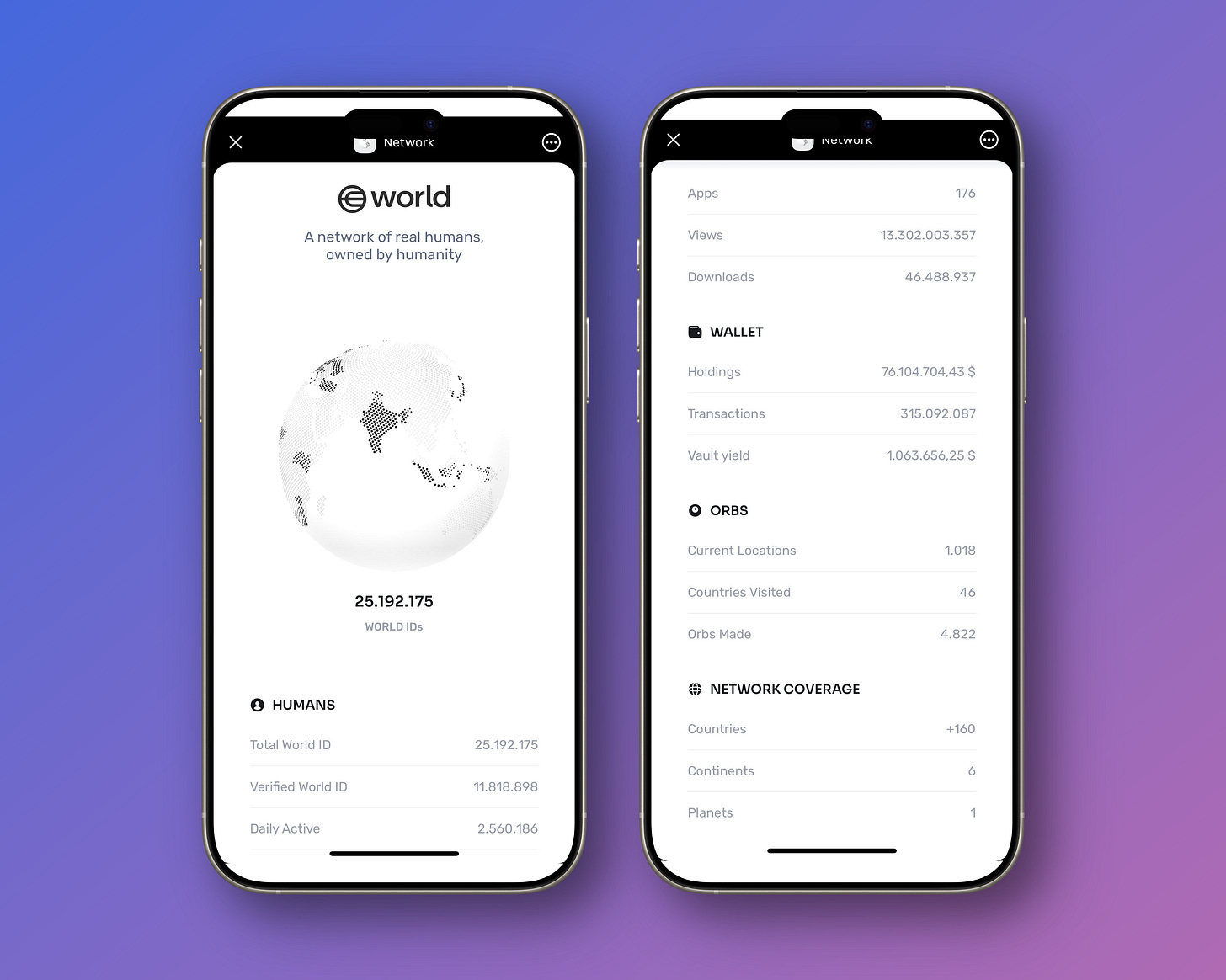👀 Scanning Eyes, Dropping Tokens: A Deep Dive into Worldcoin
I finally took a proper look at Worldcoin—beyond the headlines. Here's what I found: a blockchain, a wallet, a coin, a global identity layer… and a lot more in common with Farcaster than I expected.
I’ve been building Indexy—an app to track the onchain world through custom crypto indices. It helps you follow narratives, monitor sectors like AI, L2s, or culture coins, and spot early trends. Think of it as a smarter way to cut through the noise.
The beta is live now—poke around, break things, and let me know what you think.
AI agents are sneaking into our lives faster than we realize—first it’s chatbots, then they’re creating graphics, updating you on the markets, and even performing onchain tasks like buying and selling coins for you. But they’re also becoming increasingly annoying—and in some cases, dangerous. Especially on social media, where they often pose as humans and flood the feed with noise, spam, or worse.
As this trend grows, a project that once felt controversial is starting to feel more relevant: Worldcoin—founded by Sam Altman (yep, the OpenAI guy). I hadn’t really looked into it before, aside from the headlines about people getting coins in exchange for scanning their irises. So I decided to dive in.
What I found was much more ambitious than I expected: a full ecosystem with a blockchain, a crypto token, a mobile app, and a unique digital ID system. And as I explored further, I noticed something interesting—it shares a surprising number of similarities with one of my favorite crypto apps: Farcaster.
In this deep dive, we’ll cover:
What is World?
A breakdown of Worldcoin, World ID, World App, and World ChainFirst impressions from using the World App
Inside the Worldcoin Grant Program
Market analysis: How is Worldcoin doing?
Worldcoin vs. Farcaster: Key differences and similarities
Technical analysis, strategies and user metrics
What’s next for Worldcoin?
What’s World?
World, formerly known as Worldcoin, is a cryptocurrency project co-founded by Sam Altman, Max Novendstern, and Alex Blania in 2019. Developed by Tools for Humanity, World aims to create a global digital identity and financial network accessible to everyone.
Key Components of World
World ID: A digital proof of personhood that allows users to verify they are unique humans online.
World App: The first wallet designed for the World network, enabling users to store their World ID, manage digital assets, and access various applications.
Worldcoin (WLD): The native cryptocurrency token of the World network, intended for utility and future governance.
World Chain: A human-first blockchain built as part of the Optimism Superchain, designed to scale and support the World network.
What’s a World ID and How to Get Yours?
World ID is a privacy-preserving digital identity that enables users to prove they are unique humans online without revealing personal information. This system is particularly relevant in the age of AI, where distinguishing between humans and bots is increasingly challenging.

Obtaining a World ID:
Download the World App: Available on various app stores, the World App serves as the gateway to the World network.
Locate an Orb: Use the World App or the official website to find the nearest Orb device. These devices are available in multiple countries and locations.
Verify Your Identity: Visit the selected location and undergo the iris scanning process with the Orb. This biometric verification ensures that each World ID is unique and tied to a real person.
"The highest and most secure level of World ID verification is based on your unique iris pattern (it has nothing to do with your retina).
To fully verify a World ID, the Orb first generates an iris code to ensure uniqueness, then encrypts and divides it before sending the images to your phone and deleting them completely from the Orb itself.”
Taken from World.org
My Experience with the World App
The World App is a wallet where you can store your World ID, exchange digital assets, and install Mini Apps.
I couldn’t claim my $WDL airdrop because I haven’t verified my account through the Orb system yet. Still, I was able to explore the app, install some Mini Apps, and fund my account.
Right now, it feels like a wallet with a Mini App marketplace. Around 70% of the apps are about claiming airdrops. Others are basic features—like network settings—that probably should come by default.
And then… there was Farcade. A retro-style game hub with simple, casual games—kind of like early Facebook-era games. I first saw it on Farcaster (hence the “Far”-cade name). Honestly, it was the only thing I could meaningfully use without being verified.
A couple of interesting findings:
The stats looked promising. While limited in functionality for unverified users, activity and design suggest momentum.
I found 6 of my contacts already on World. That’s way above average. In most crypto apps, I’m lucky to see one or two. These 6 were spread across Germany (2), Argentina, Ecuador, and Spain—pretty diverse. It reinforces the idea that World has actual global traction.
🔒 The rest of this article is for Premium members.







